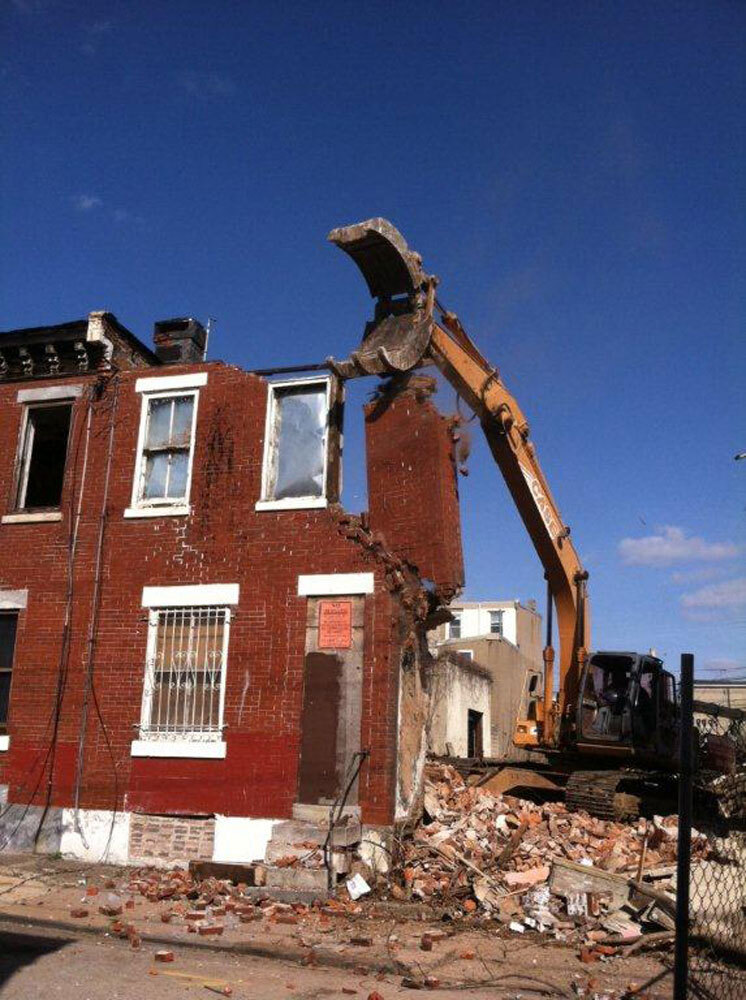Anyone who's seen the Leaning Tower of Pisa in Italy understands the importance of a good foundation. It's not a casual process. How you pour a foundation will determine the longevity of your building. Here's a handy guide to help you pour an even and solid foundation.
Structures need a solid base to stand on. The bases are grouped into deep or shallow foundations.
Shallow foundations come in three types. (1) A mat foundation has the weight of a building spread on the base slab. (2) A strip footing uses long strips to hold a wall's weight, while an (3) individual footing has columns carrying the building's weight.
For deep foundations, cylindrical materials called "piles" support the structure. Builders bury these long piles deep in the ground. Some rest on strong soil, while others spread the weight in the soil through friction.
Tips on how to pour a foundation
Even when you are building low-cost houses, the structure must bear its own weight. When you pour a foundation the wrong way, you risk having a dry, cracked, and unstable base. As such, the building will crumble from its weight.
- Choose the type of foundation
First, determine the foundation your building needs. Check the condition of the soil you are putting the base on. Test if the moisture levels are high, then dig accordingly.
The type of foundation you need also depends on the slope of your land. If you are building on a hillside, consider cutting into the slope to get a flat base for your foundation. Or, you can support your building using stilts.
Ask a surveyor for details of the land. Get information from utility companies on their pipes and wires. Then head out and acquire all required permits for your structure.
- Prepare the site
This step involves clearing and excavating the land. Remove stumps, large rocks, grass, trash, and other debris from the area. Then start digging your foundation.
Allow your crew some extra space to move around in the dug foundation area. Excavate the soil to your required depth.
- Make and install footings
Measure and make the footings, which are supports for foundations. It takes reinforced rebar and concrete to make them. Use a sealer to prevent moisture.
Get straight-form boards and stakes to structure your foundation wall.
- Pour initial concrete
Pour about one foot of concrete in and smooth it over. Ensure this layer of concrete doesn't have cracks. Remove the boards once the concrete dries. Then spray this foundation wall with a sealer.
Be careful when using concrete, as it is caustic. Wear protective gear such as gloves, goggles, and rubber boots.
- Set up the slab detail
Build the slab detail from wooden frames and outside metal bars for support. Use sturdy stakes for the frame.
Pour granular fill and cover it with a plastic sheet. Lay wires and a rebar grid over the sheet.
- Get ready for the final concrete
Measure your depth and determine how much concrete you will mix. When you are ready, start pouring until you fill the area. Use a bull float to smoothen the surface.
Remember to insert anchor bolts in the wet concrete. Each should be one foot apart.
Final thoughts
Getting your foundation right is a long process. You have no choice but to lay a great foundation. If you can't do it yourself, then hire professional contractors.





